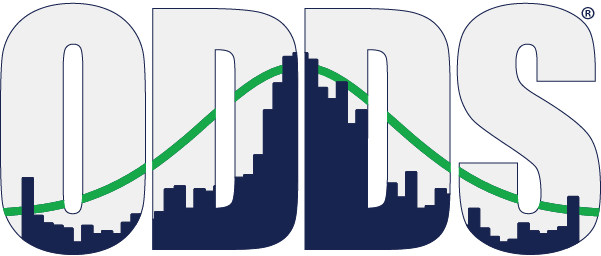The OptionMetrics Research Conference was held a couple of months ago. And there was one particular paper that really caught my attention. That’s because it covered the exact topic that I have been investigating the past several months: the Implied Borrow Rate.
Without diving into the details too much, option prices tend to follow something called put-call parity. That is, the time value on the put tends to mirror the time value of the corresponding call. For instance, let’s say that Apple ($AAPL) is trading at 160. The if the January 160 call is trading at 6, then the January 160 put must be priced at 6. If not, then arbitrageurs can implement a risk-free trade called a conversion-reversal where one buys the 160 call and sells the 160 put, and then goes short Apple shares.
The key transaction here is selling short the shares. What happens is, when the shares become hard to borrow that put-call parity breaks down. Puts can get much more expensive because the arbitrageur cannot sell the shares short without a lot of difficulty.
The implied borrow rate identifies situations where that put-call parity has broken down due to a stock becoming hard to borrow.
There is a ton of research indicating stocks that are heavily shorted underperform the market by a pretty wide margin. I wanted to see if the implied borrow rate was predictive over a one-month period.
Needless to say, the endeavor was quite daunting because we had to identify and then track the performance of over 100,000 trades. That said, the good news was that, because of our new ODDS Online, we didn’t have to go through the process of calculating the Implied Borrow Rate for every stock because that part of the work had already been done.
Once our analysis (which covered the period from 2010 to 2018) was complete, we confirmed exactly what we hoped: the Implied Borrow Rate was indeed predictive. Stocks where the put-call parity breaks down because of heavy short-selling tend to perform miserably compared to other stocks.
Which brings us back to the OptionMetrics conference. A group of researchers took the raw data and calculated the implied borrow rate for all liquid stocks using this formula:

[With ODDS Online, you do not need to perform this calculation. We do it for you. The equation is shown for information purposes only.]
Armed with that information, they tracked the performance of the entire cross section of liquid stocks. Their objective was to investigate the behavior of stocks that are so heavily shorted that short sale constraints cause the put-call parity to break down. Their research covered the period from 2006 to 2015.
What they found shocked me. Not because their results were unexpected. Instead, I was shocked because their final analysis nearly matched mine exactly!

INDEPENDENT VALIDATION!
Needless to say, I was pretty excited.
What their analysis (dark blue) and mine (light blue) show is that stocks whose options violate the put-call parity (Portfolio 1) tend to drastically underperform other stocks.
One super-easy way to use this and beat the market is to simply avoid those stocks where the implied borrow rate is most negative.
And with ODDS Online, you can do so in an instant. Simply scan for stocks with the most negative Implied Borrow Rate — a simple 2-second scan in ODDS Online whose only requirement is that you press one button!
There are other ways to take advantage of this besides what I outlined above, but that’s for another time.
In the meantime, if you’d like to learn more about ODDS Online and how our unique blend of exclusive analysis, with push-button ease, can positively impact your trading, we have an all-new webinar coming up next week.
So take a few moments to get the new year started on the right path, and check it out.
Here’s the paper for those of you so motivated: Muravyev, Dmitriy and Pearson, Neil D. and Pollet, Joshua Matthew, Understanding Returns to Short Selling Using Option-Implied Stock Borrowing Fees (April 20, 2018). Available at SSRN: https://ssrn.com/abstract=2851560 or http://dx.doi.org/10.2139/ssrn.2851560


